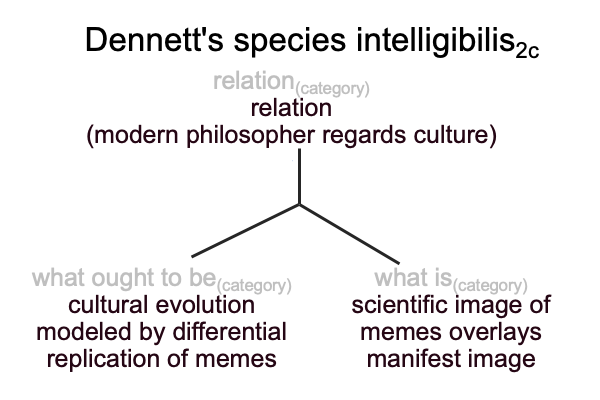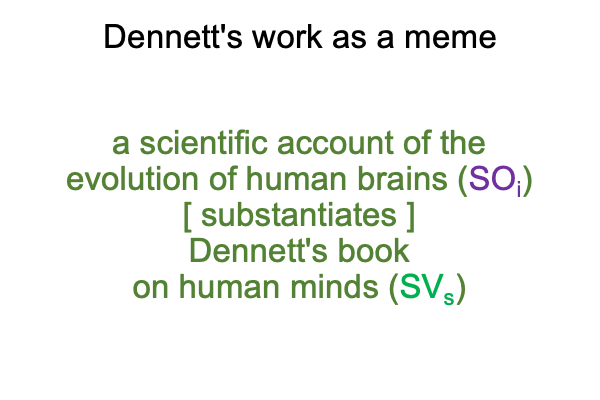0174 When Dennett says that words are great examples of memes, he considers only spoken words. He does not suspect that language (that is, grammar) evolves in the milieu of hand talk. He knows that, today, all civilizations practice speech-alone talk. Plus, his reading audience is civilized.
Consequently, Dennett’s claim that words play a role in cultural evolution carries an ironic overtone. His assertion is much larger that he supposes. In southern Mesopotamia, speech-alone is first realized by the Ubaid culture.
(This is discussed in The First Singularity and Its Fairy Tale Trace, as well as An Archaeology of the Fall, by Razie Mah, available at smashwords and other e-book venues.)
Outside of southern Mesopotamia, early civilizations are potentiated by the adoption of speech-alone talk. After exposure to a speech-alone talking culture, hand-speech talking cultures drop the hand-component of their hand-speech talk. Mimesis is key. Speech-alone talks spreads from a single site to the entire world.
0175 The different semiotic qualities of hand talk and speech-alone talk play a key role in human evolution. Human evolution comes with a twist. I label that twist, “the first singularity”.
The first singularity illustrates Dennett’s key point. Speech-alone talk offers affordances that hand-talk lacks. The consequences are obvious. Cultures practicing speech-alone talk exhibit greater wealth and power than cultures practicing hand-speech talk.
Yes, the advantages are obvious.
The dangers are hidden.
0176 I wonder.
Is one of the main tasks of postmodern philosophers, such as Dennett, to reveal the dangers inherent to speech-alone talk? Or, is their main task to conceal them?
Indeed, Dennett’s postmodern philosophical approach distracts me from the manifest image of the scholastic interscope of how humans think and substitutes a scientific image of memes replicating and being selected through cultural evolution.
This is very similar to how I got the dead cat out of Daisy’s mouth, by offering one of her favorite treats as a substitute.

0177 Has the author come to a judgment2c?
0178 The species impressa intelligibilis2c, the universal aspect a content-level species impressa2a, corresponds to what is2c.
According to Dennett, the meme is a basic unit of culture, a word-like being, carrying semantic information, and offering ‘something’ that makes a difference. The meme is the source of behavioral phenomena observed and measured by social scientists, who then build models, using the specialized languages of psychology, sociology, anthropology, economics and so on.
0179 The species expressa intelligibilis2c, the intelligible aspect of a situation-level species expressa2b, corresponds to what ought to be.
The meme offers models neglected by social scientists. The meme offers models couched in the disciplinary language of the biological sciences. Can a meme be accounted for by way of a Darwinian model of descent with modification, in the normal context of cultural selection? Yes, a meme is a replicator that survives only because it replicates. Therefore, the differential replication of memes offers a scientific image for cultural evolution.
0180 The relation between what is and what ought to be passes from biological evolution (“Bacteria”) to the pinnacle of human creative engineering (“Bach”) and back to cultural evolution (“and Back”).
0146 Here is a picture.

0181 If this judgment serves as a sign-vehicle for an interventional sign, then the resulting sign-object is a scientific account of the evolution of human brains (SOi).
Part III of Dennett’s book is titled, “Turning Our Minds Inside Out”.
Inside is the noumenon, the thing itself, the human mind.
Outside is a scientific model of a brain, the observable and measurable conjurer of the thing itself.
Or do I have that backwards?
Does the mind conjure the brain?
Or does the brain conjure the mind?
0182 Here is a picture of Dennett’s work as a meme.

